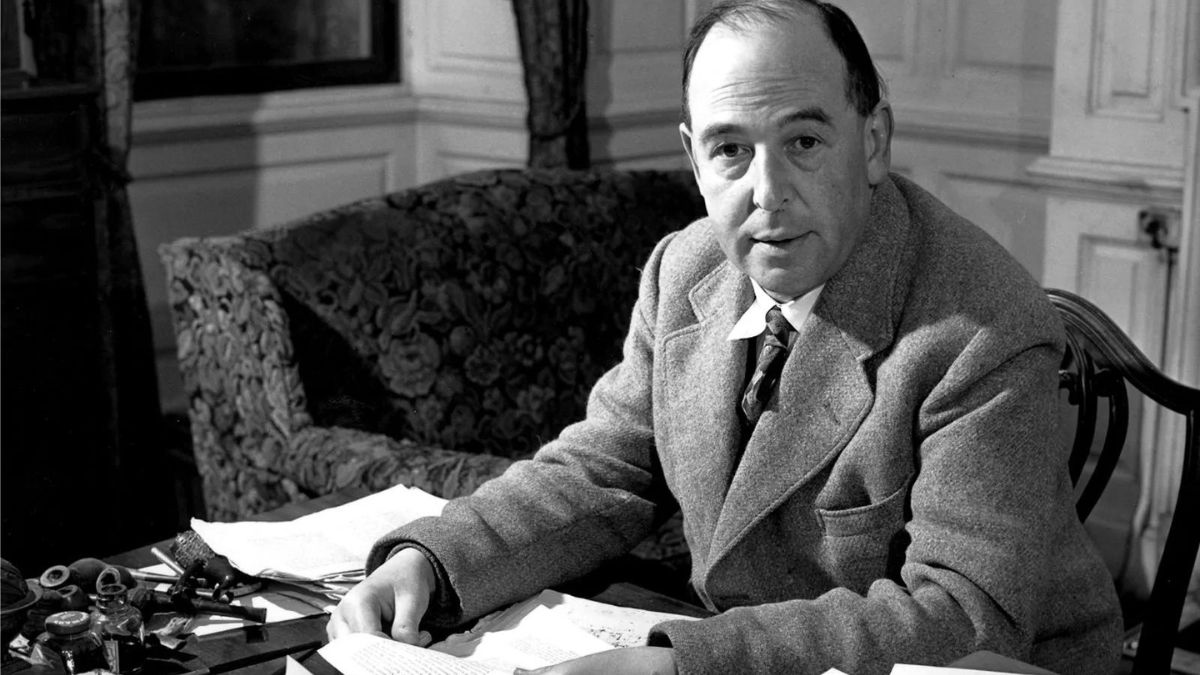


From the first page of the middle-school novel “The Lotterys Plus One,” the first book in a projected series, author Emma Donoghue throws facts and details at you until they all merge together in a giant blur. My head was swimming by the time I was a few pages in. There are a lot of facts and details to throw, because the book tells the story of a family of 11 — seven kids, four parents.
As the opening explains,
Once upon a time, a man from Delhi and a man from Yukon fell in love, and so did a woman from Jamaica and a Mohawk woman. The two couples became best friends and had a baby together. When they won the lottery, they gave up their jobs and found a big old house where their family could learn and grow . . . and grow some more.
The book later specifies that the two men are married (I don’t recall any mention of whether the women are), and there is also some mention of their shared bedrooms and beds. The details of having a baby “together” are left vague, although there is mention that, while some of the children are adopted, others have different combinations of “bio” parents among the four adults in the house.
I hadn’t been sure quite what to expect when I picked up “The Lotterys Plus One” at the library, as it simply looked like a regular middle-school novel with a ton of characters on the cover. But what I got felt more like a reality show about the Perfect Progressive Paradise.
Aside from the gay and lesbian parents, ethnicities are distributed among family members with almost mathematical precision, there’s no formal structure to the homeschooling — everyone basically learns whatever he or she feels like learning — and all the kids are named after trees. There’s no car, and limited toilet-flushing, to save wear and tear on the environment. People are constantly celebrating multicultural holidays, crocheting “colorful patches to cover bike stands and pipes and park benches,” and saying things like “Bambini, who wants to come hear an Australian-aboriginal country-and-western singer-songwriter tonight?” Everything has excruciatingly cute nicknames, from the parents (PopCorn, MaxiMum, etc.) to the various rooms of the house to the chore list.
And of course, conveniently, there’s tons of money to make paradise sustainable. (Oh, and that winning lottery ticket? They picked it up by accident, so they weren’t even playing the lottery at the time. Basically, the heavens just opened up and showered money on them.)
What plot there is — there isn’t much — involves PopCorn’s ailing father, soon nicknamed “Grumps,” coming to stay with them. He’s not thrilled about living in a “weirdy commune” and makes pointed references to monogamy being “nature’s way,” the nearest thing to a faux pas that one can commit in the household. So nine-year-old Sumac decides that he has to go. But when her efforts to dislodge him backfire, she realizes that she’s been acting even worse than Grumps, and that maybe it would be better to try to find ways to get along with him.
But the story isn’t so much a story as a pile of vignettes showing off the family’s enlightened status. There were moments when everything was so perfectly progressive that I actually thought Emma Donoghue might be pulling my leg. But it seems likelier that she’s simply trying very hard to sell a worldview. Trying far too hard. It turns out the same thing I’ve always said about overly preachy Christian movies is equally true of overly preachy liberal-leaning books: All that preachiness undermines their efforts. To many progressives, Donoghue’s vision may seem ideal, but it would be virtually impossible to recreate in real life, which rarely offers ideal circumstances in which to create the perfect experimental family with enough care for everyone.
And in the long run, even the advocates of such ideal visions tend to be left unhappy. Scouting Goodreads to see what reactions to the book were like, I found many readers furious because Donoghue consistently “misgenders” one of the characters. That would be four-year-old Briar, who has changed her name to Brian and doesn’t like to be called a girl (though she hasn’t said she wants to be called a boy, either). Of course her family acquiesces, but what has people up in arms is that Donoghue and her characters still use feminine pronouns for Brian. These readers were adamant that the child’s preferred pronouns should have been used, overlooking that (1) the child had never expressed a preference in that particular area, and (2) very few four year olds actually know what a pronoun is.
It was a fascinating reminder that, however Perfectly Progressive the Paradise, for some it can never be perfect enough.
Image copyright Arthur A. Levine Books. Review copy obtained from the reviewer’s local library.
Gina Dalfonzo is editor of BreakPoint.org and Dickensblog, and the author of “One by One: Welcoming the Singles in Your Church” (Baker, June 2017).
Have a Follow-up Question?
Want to dig deeper?
If you want to challenge yourself as many others have done, sign up below.














